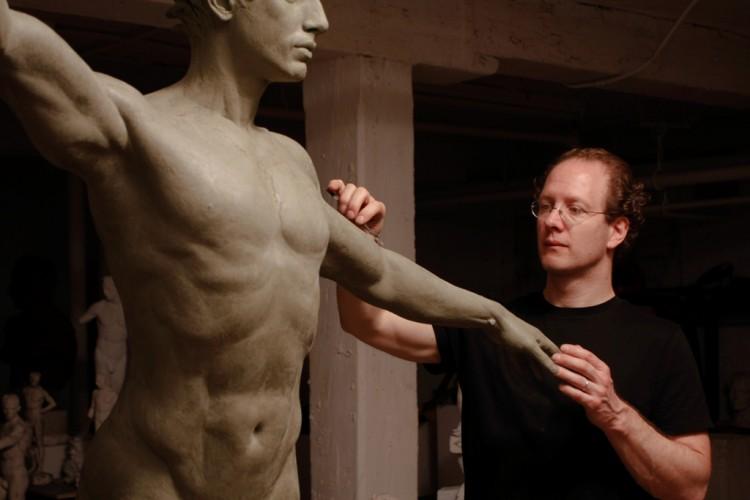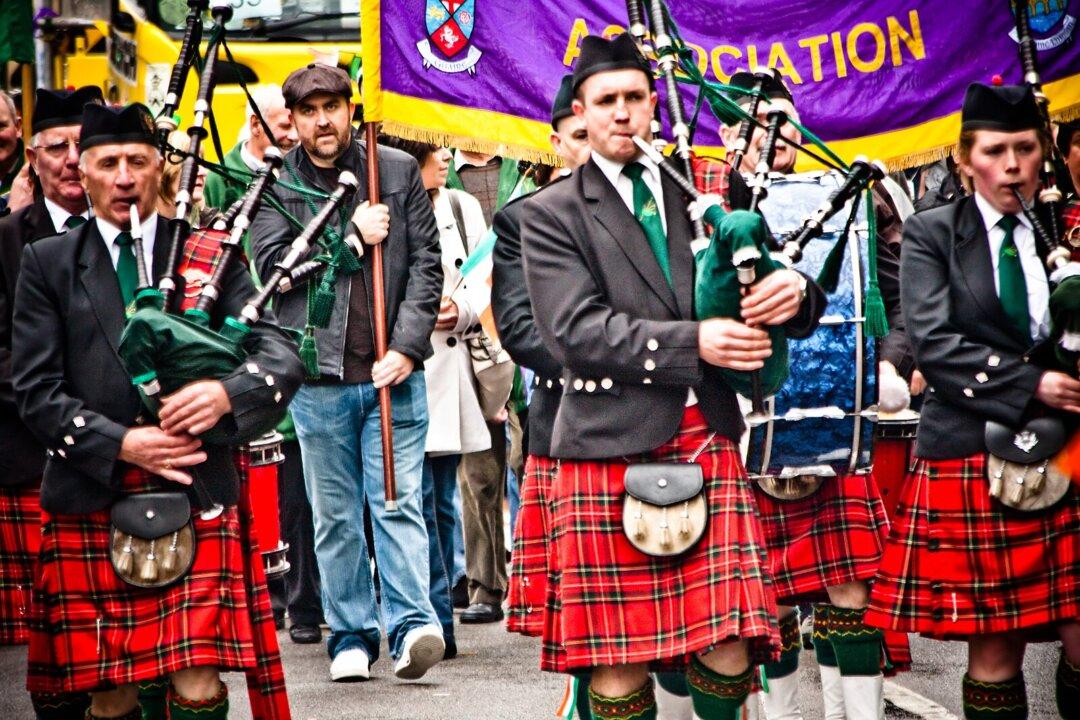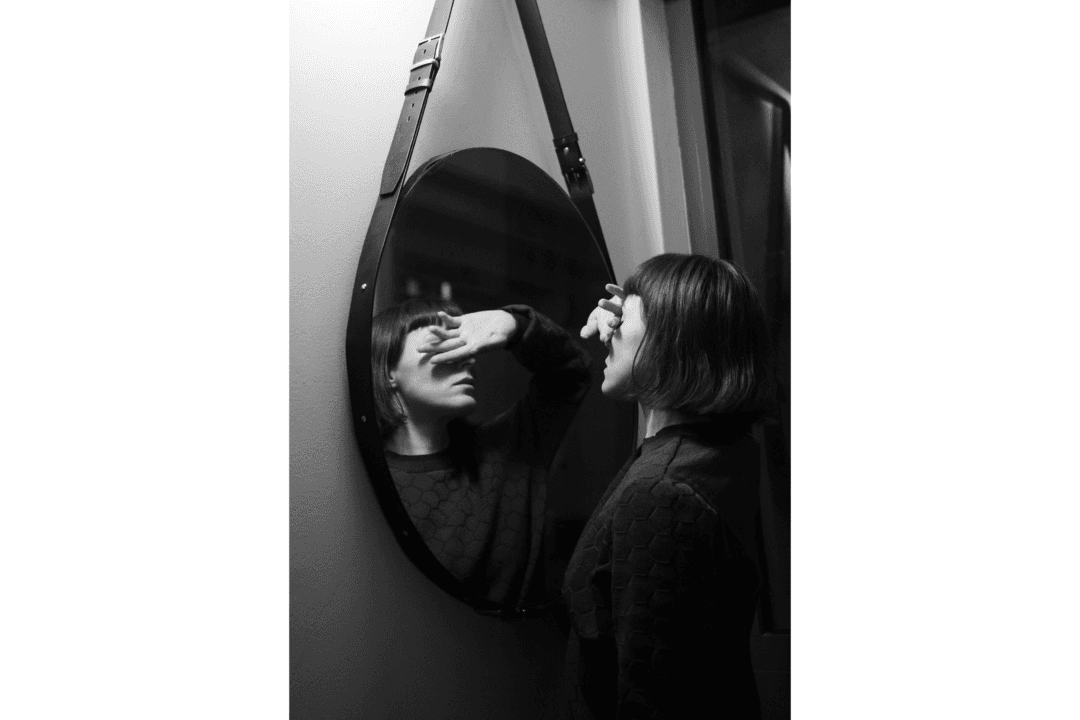NEW YORK—Entering Sabin Howard’s studio in the Bronx is a unique experience. Through his lifelike sculptures, the gods’ penetrating stares are both humbling and uplifting.
“Collectors like them for their homes because they change the energy of a room,” said Howard.
Howard, who has spent his life between Italy and New York, stood in front of a sculpture of Apollo—God of the Sun from the Greek and Roman tradition—with perfect physique and graceful pose.
“You can see I extended the sternum and lifted it up toward the sky, so there’s more luminosity coming onto the chest—and that’s where your heart chakra is—then the openness with the arms stretched outward. It’s really about the possibility of what we can be,” Howard said.
The Apollo sculpture alone took Howard more than five years and $85,000 to produce, including materials and paying two models to pose for long hours.
Reflecting on Howard’s work, Stefano Acunto, chairman of the Italian Academy Foundation (IAF), said, “The word ’masterpiece‘ in Italian is ’capolavori‘—’lavori' means to labor, to work. And you really see that in Sabin’s sculptures.”
The hard work paid off. After Sabin makes a first sculpture, he can create a mold and is able to make a series. With around 180 collectors worldwide, he sold the first three in the Apollo series for within the six-figure range and plans to create six more.
Presented by the IAF, Howard’s work, including his sculptures of Apollo and Greek gods Aphrodite and Hermes, will be on exhibit March 2 through March 22 at the Institute for Classical Architecture and Art (ICAA), at the institute’s historic West 44th Street headquarters.
Why does he often sculpt gods? “I pick titles that are universal, that can be understood by the community, and art is in service of the community,” Howard said.








